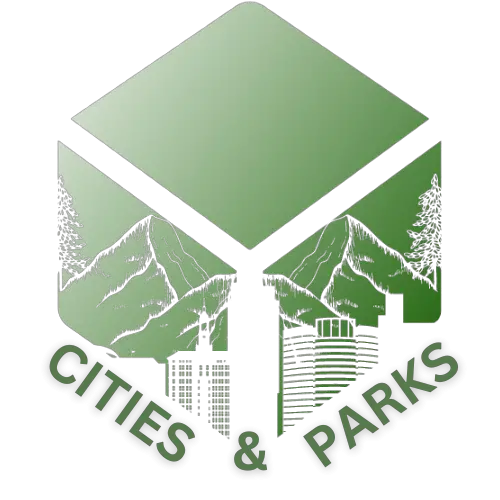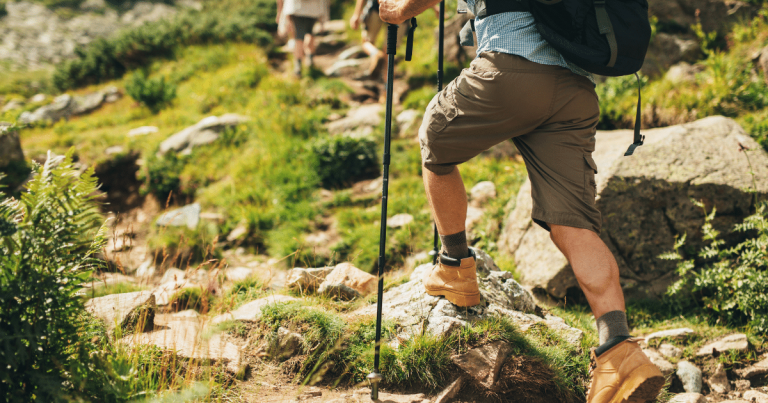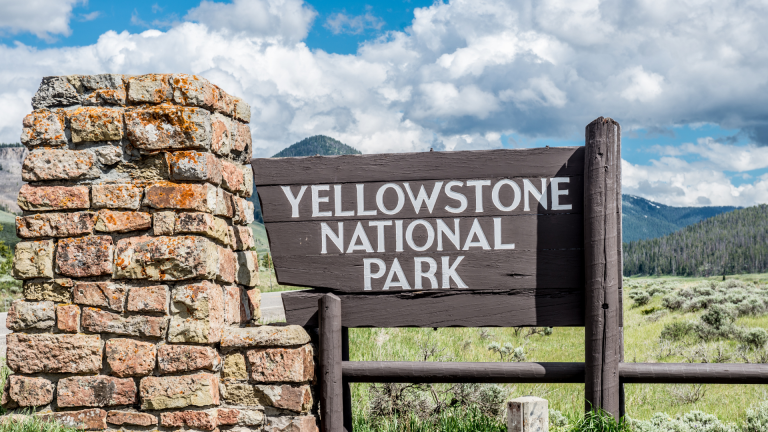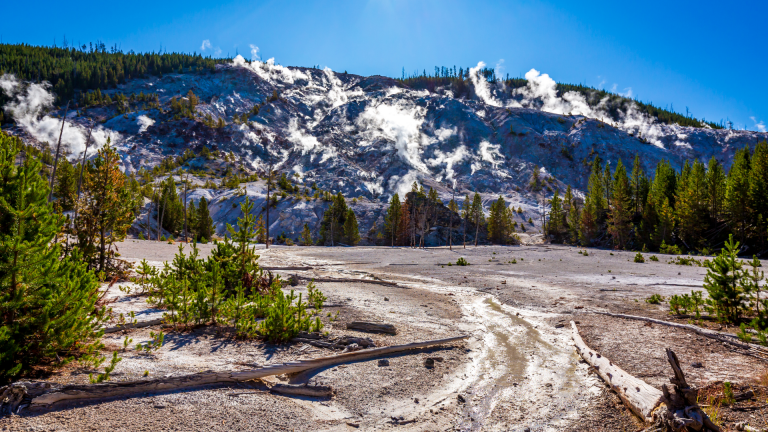A Guide to May Lake in Yosemite National Park: Everything You Need to Know
Yosemite National Park is a wonderland for outdoor enthusiasts and nature lovers. This park is also home to several pristine alpine lakes, and May Lake is a beautiful example.
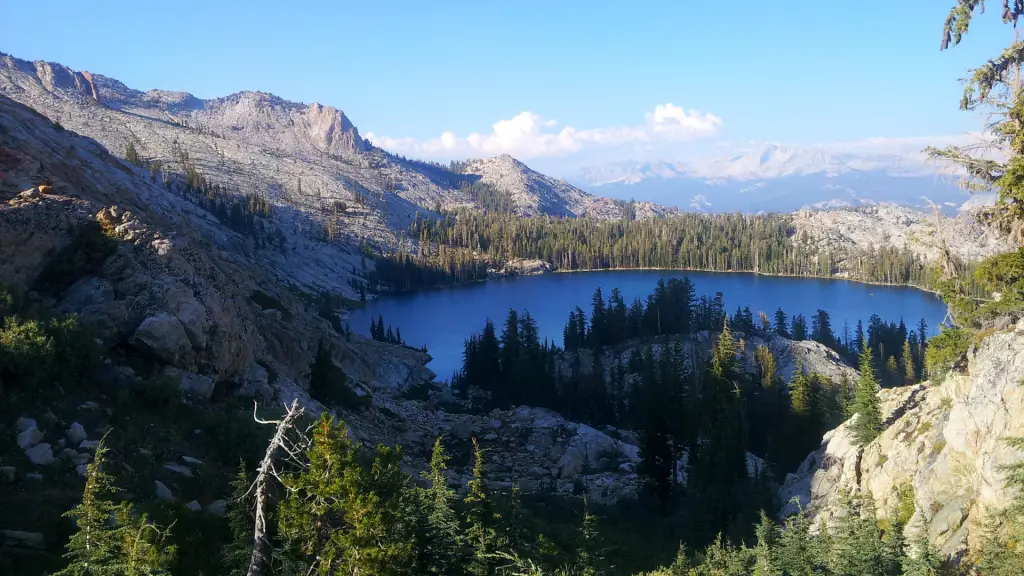
If you love hiking, camping, and swimming in freshwater, then May Lake should be on your must-visit list.
Location
May Lake is situated in the northwestern part of Yosemite National Park. Nestled in the high country of the Sierra Nevada Mountains, May Lake is located at an elevation of 9,270 feet (2.83 km). If you’re driving from Yosemite Valley, you can take Tioga Pass Road, which is open from late May to early November. After a scenic drive, you’ll arrive at May Lake Trailhead, which is the starting point for the hike to May Lake.
Hiking to May Lake
The hike to May Lake is a moderate 2.5-mile trail that’s perfect for beginners or families. The trail follows the granite dome of Mt. Hoffman and offers stunning views of the surrounding peaks and valleys. On the way to the lake, you’ll pass by several backcountry campsites, which are available on a first-come, first-served basis. Once you arrive at May Lake, you’ll be rewarded with crystal clear water and peaceful serenity. The lake is surrounded by pine trees and offers a great spot for picnicking or swimming.
Camping at May Lake
If you’re looking for a backcountry camping experience, then May Lake is a perfect spot. The backpacking campsite is just a stone’s throw away from the lake and provides a stunning backdrop for your tent. The campsite is primitive, so you’ll need to bring your own water, food, and bear canisters. But the seclusion and beauty of the area make it all worth it.
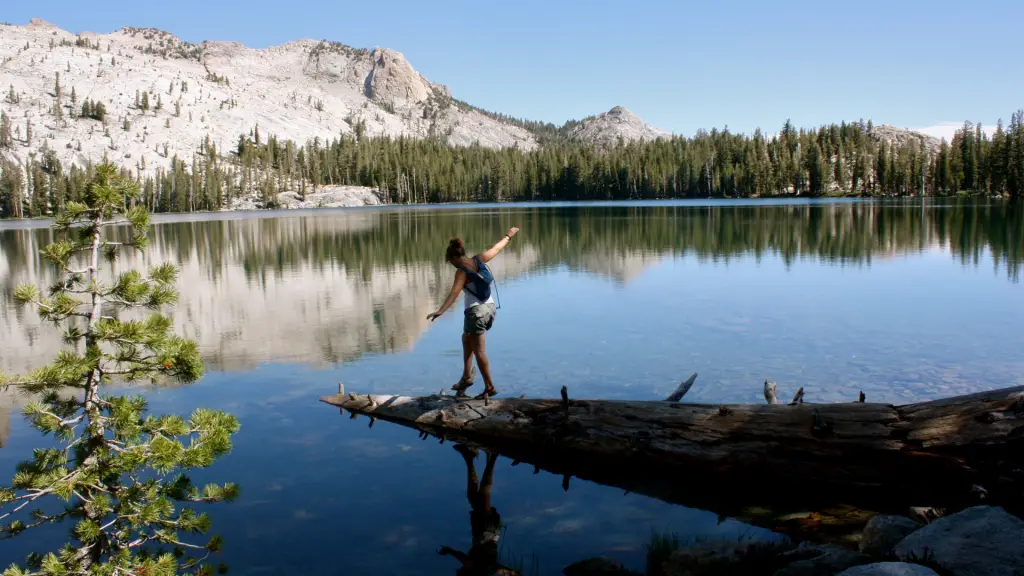
Fishing at May Lake
May Lake is a great fishing spot for anglers of all levels, and you can catch rainbow and brook trout in the lake. You’ll need to bring your own gear, as well as a California fishing license. If you’re looking for more of a challenge, consider hiking up to the Hetch Hetchy Reservoir, which is just a few miles away. This reservoir is filled with larger trout and even the occasional brown or cutthroat trout. So pack your fishing poles for an unforgettable fishing experience.
Interesting Facts
May Lake has a fascinating geological history. It was formed by glacial gouging during the last Ice Age, which created the bowl-like shape of the lake. The lake is also home to several species of fish, including rainbow trout and brook trout. The name “May Lake” comes from the fact that the lake is often still frozen in May, even though the surrounding area is already experiencing spring. When the lake thaws, it provides a valuable water source for many wildlife species, including bears, deer, and birds.
Frequent questions about May Lake
What security precautions should we take into consideration?
When visiting May Lake in Yosemite National Park, many safety precautions are crucial to ensure a secure trip. Before departing, check weather forecasts and inform trusted individuals about your plans. Always stick to marked trails to prevent disorientation. When camping, use bear-resistant food canisters to store all scented items and dispose of waste appropriately to maintain wildlife safety. Carry a map, compass, and GPS device for navigation, and pack a first-aid kit for emergencies. Lastly, remember that swimming is only safe when the lake has fully thawed, and even then, always supervise children near the water. This isn’t just about your safety – it’s also about preserving the park for future visitors.
How high is May Lake in Yosemite?
May Lake is located at a significant elevation in the majestic Sierra Nevada Mountains. Specifically, it’s situated at a height of 9,270 feet (2.83 km). This altitude contributes to the lake’s stunning beauty and the exhilarating experience of visiting it. It’s important to take the elevation into account while planning your visit, as the thin air at higher altitudes can affect some visitors.

Conclusion
Yosemite National Park is a treasure trove of natural wonders, and May Lake is a beautiful example. Whether you’re a hiker, camper, or swimmer, May Lake offers a unique and unforgettable experience. From its stunning location to its interesting geological history, May Lake is a must-visit destination for anyone who loves nature. We hope this guide has inspired you to visit May Lake and explore the beauty of Yosemite National Park.
